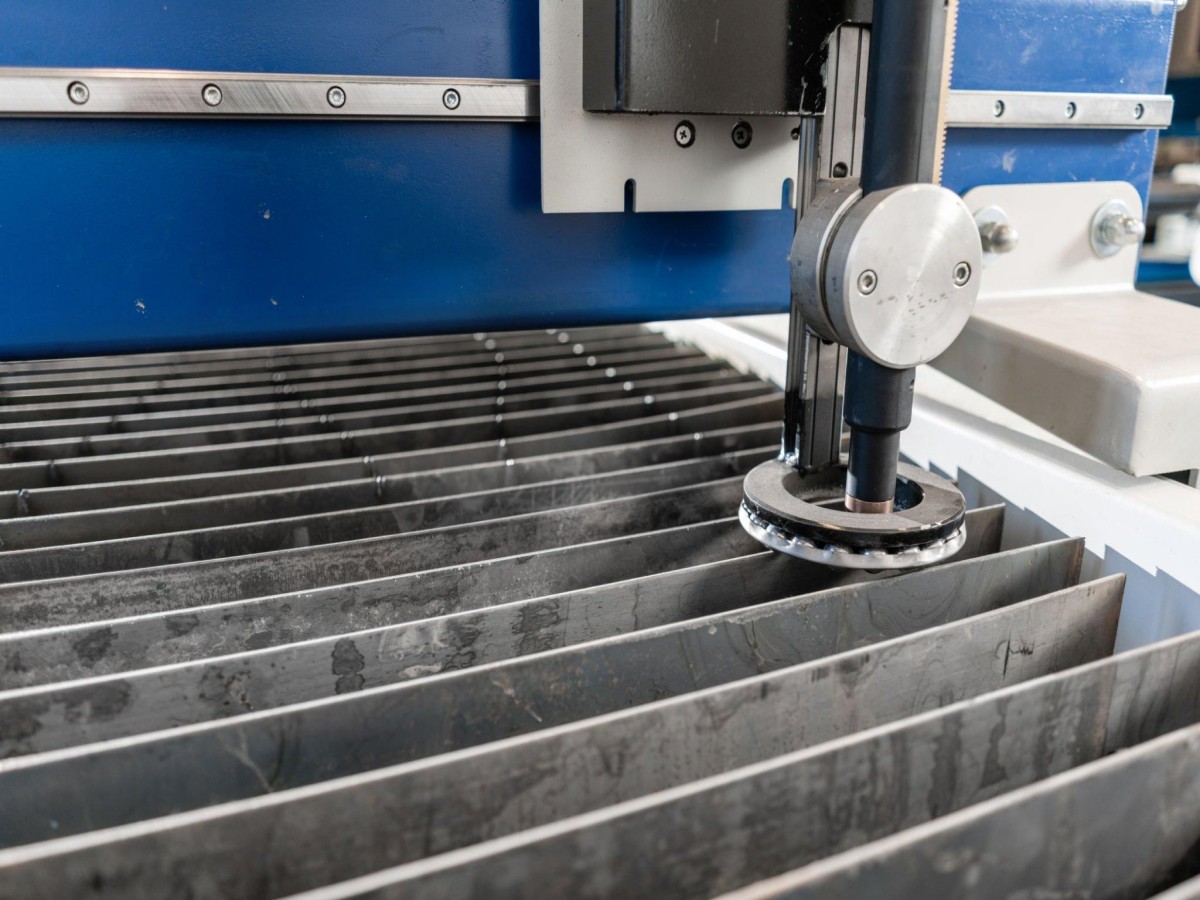Introduction
In the realm of engineering and manufacturing, precision, and smooth motion are paramount. One crucial aspect of achieving these qualities lies in the utilization of Linear Guide Rails and Bearings. These components play a vital role in various industries, from aerospace to automation, where accuracy, reliability, and efficiency are paramount. This article delves into the world of Linear Guide Rails and Bearings, exploring their types, significance, selection process, and maintenance tips, equipping you with the knowledge needed to make informed decisions for your specific applications.
-
What are Linear Guide Rails?
Linear Guide Rails, also known as linear motion guide rails or linear rails, are mechanical devices designed to support and enable smooth linear motion in machines and systems. They consist of a track and a carriage that moves along the track with minimal friction. The carriage typically carries the load, and the guide rail provides the guidance and stability needed to ensure precise motion. Linear Guide Rails are essential in many applications, such as CNC machines, 3D printers, robotics, and industrial automation.
a. Profiled Rail Guides: Profiled rail guides are the most common type, known for their high precision and load-bearing capacity. They feature recirculating ball or roller bearings, ensuring smooth and precise motion.
b. Round Rail Guides: Round rail guides use cylindrical rails and are ideal for applications with moderate precision requirements and lighter loads. They are often more cost-effective than profiled rail guides.
c. Square Rail Guides: Square rail guides offer high rigidity and precision, making them suitable for heavy-duty applications where precision is paramount. They can handle significant loads and resist deflection.
d. Monorail Guides: Monorail guides have a single rail and are useful in space-constrained applications while maintaining excellent load capacity and rigidity.
-
The Importance of Bearings
Bearings are critical components of Linear Guide Rails, as they enable smooth movement and reduce friction between the carriage and the rail. They facilitate controlled linear motion and bear the load applied to the system, ensuring stability and accuracy. Depending on the application requirements, bearings can be ball bearings, roller bearings, or plain bearings. Choosing the appropriate type of bearing is vital to achieve the desired performance of the linear guide system.
-
Choosing the Right Linear Guide Rails and Bearings
Selecting the most suitable Linear Guide Rails and Bearings for a specific application can be challenging. To make an informed decision, consider the following factors:
a. Load Capacity: Determine the maximum load the system needs to support and choose guide rails and bearings that can handle the load without compromising performance.
b. Precision Requirements: Assess the level of precision needed for the application. Profiled rail guides generally offer higher precision compared to round or square rail guides.
c. Speed and Acceleration: Consider the speed and acceleration requirements of the system, as these factors can impact the choice of guide rails and bearings.
d. Environmental Conditions: Evaluate the environmental conditions, such as temperature, humidity, and exposure to contaminants, to ensure the chosen components can withstand the environment.
e. Budget Constraints: Balance performance requirements with budget limitations to find the most cost-effective solution.
-
Tips for Maintaining Linear Guide Rails and Bearings
Regular maintenance is essential to ensure the longevity and optimal performance of Linear Guide Rails and Bearings. Here are some tips to maintain them effectively:
a. Cleanliness: Keep the guide rails and bearings free from dirt, debris, and contaminants. Regularly clean the system to prevent premature wear.
b. Lubrication: Follow the manufacturer's guidelines for lubrication frequency and use the recommended lubricants to reduce friction and ensure smooth operation.
c. Inspection: Regularly inspect the guide rails, bearings, and associated components for signs of wear, misalignment, or damage. Address any issues promptly to prevent further problems.
d. Correct Installation: Ensure proper installation of the linear guide system, following the manufacturer's guidelines and using appropriate tools and techniques.
e. Avoid Overloading: Do not exceed the specified load capacity of the linear guide system to prevent premature failure and ensure safety.
Conclusion
In conclusion, Linear Guide Rails and Bearings play a crucial role in enhancing precision, stability, and durability in various industrial applications. Understanding the different types of guide rails and bearings and their significance empowers engineers and manufacturers to make well-informed decisions. By considering load capacity, precision requirements, speed, and environmental conditions, one can choose the right components for their specific application. Proper maintenance practices ensure prolonged service life and optimal performance of the linear guide system, contributing to increased productivity and reduced downtime. By investing time and attention in selecting and maintaining these components, businesses can achieve superior performance and gain a competitive edge in their respective industries.

